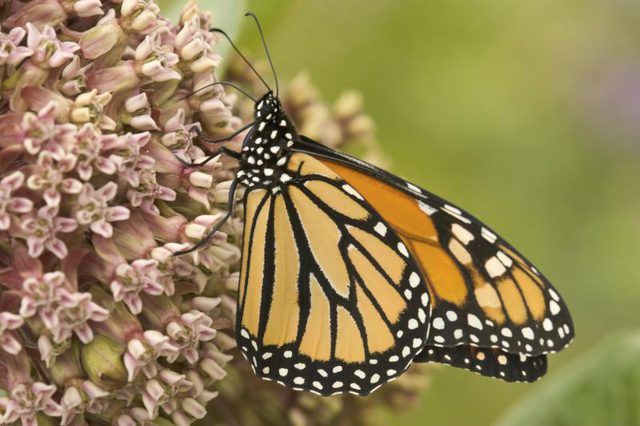Bulbs
Flower Basics
Flower Beds & Specialty Gardens
Flower Garden
Garden Furniture
Garden Gnomes
Garden Seeds
Garden Sheds
Garden Statues
Garden Tools & Supplies
Gardening Basics
Green & Organic
Groundcovers & Vines
Growing Annuals
Growing Basil
Growing Beans
Growing Berries
Growing Blueberries
Growing Cactus
Growing Corn
Growing Cotton
Growing Edibles
Growing Flowers
Growing Garlic
Growing Grapes
Growing Grass
Growing Herbs
Growing Jasmine
Growing Mint
Growing Mushrooms
Orchids
Growing Peanuts
Growing Perennials
Growing Plants
Growing Rosemary
Growing Roses
Growing Strawberries
Growing Sunflowers
Growing Thyme
Growing Tomatoes
Growing Tulips
Growing Vegetables
Herb Basics
Herb Garden
Indoor Growing
Landscaping Basics
Landscaping Patios
Landscaping Plants
Landscaping Shrubs
Landscaping Trees
Landscaping Walks & Pathways
Lawn Basics
Lawn Maintenance
Lawn Mowers
Lawn Ornaments
Lawn Planting
Lawn Tools
Outdoor Growing
Overall Landscape Planning
Pests, Weeds & Problems
Plant Basics
Rock Garden
Rose Garden
Shrubs
Soil
Specialty Gardens
Trees
Vegetable Garden
Yard Maintenance
How to Kill Milkweed
How to Kill Milkweed. Planting common milkweed (Asclepias syriaca) in your yard attracts monarch butterflies, but it can also become weedy from self-seeding. If you’ve grown tired of this native plant growing in your yard, or just want to reduce how much you have growing, you can get rid of it by hand pulling or spraying with weedkiller....

Planting common milkweed (Asclepias syriaca) in your yard attracts monarch butterflies, but it can also become weedy from self-seeding. If youíve grown tired of this native plant growing in your yard, or just want to reduce how much you have growing, you can get rid of it by hand pulling or spraying with weedkiller. Common milkweed is slightly toxic when eaten in large quantities and can cause rashes in some people when its milky sap touches the skin, so protect yourself by wearing gloves, long sleeves and long pants when working with the plant.
Mow Before Pods Form
Common milkweed grows in U. S. Department of Agriculture plant hardiness zones 4 through 9, can grow up to 6 feet tall, and produces seed pods up to 5 inches long. In late summer and fall, these pods split open, spewing seeds that re-seed the plant. One way to kill common milkweed is to mow it every two to three weeks before the seed pods form. Mowing weakens the plant and eventually the plant dies. If the milkweed plants have seed pods before the first mowing, cut the plants near the bases, using pruning shears, and collect the debris to dispose of with the rest of your yard waste. Make sure no seed pods fall on the ground where they can sprout new plants. After pruning the plants, mow every three weeks until the plants die.
Pull by Hand
Common milkweed spreads through seed dispersal, but also through underground rhizomes. When the rhizomes are severed during rototilling or hoeing, a new plant forms from each segment. To reduce the risk of severing rhizomes, hand pull the entire plant, including the roots. Pull out as much of the rhizome as possible. The best time to pull plants is when they are young and before the roots are deeply established. If the pulled plants donít have seed pods, lay them out in a thin layer to dry for about 10 days then add them to a compost pile. Drying the plants reduces the risk that they'll grow back.
Spray When Budding
If common milkweed is growing in a garden area without lawn, kill it by thoroughly spraying the leaves with a ready-to-use herbicide containing glyphosate. Keep in mind glyphosate kills any plant it comes in contact with, including flowering plants, shrubs and grass, and can harm butterflies feeding on sprayed plants. Only use glyphosate where it wonít touch the plants you want to keep and on a calm day to prevent drift onto desirable plants. The most effective time to spray common milkweed is when the plant is dry, actively growing and buds have formed. At this stage, glyphosate travels to the roots, quicker, where it kills the plant. Wear eye protection, gloves, long sleeves, long pants, socks and sturdy shoes when working with herbicides. Follow all warnings on the product label and keep children and pets out of the area until the spray has dried.
Shade Out
You can prevent milkweed from re-sprouting by spreading a 3- to 4-inch layer of mulch over the area where milkweed was removed. Common milkweed needs plenty of sun to grow and shading keeps it from growing. Growing a thick stand of flowering plants or shrubs also helps to shade out milkweed from regrowing.